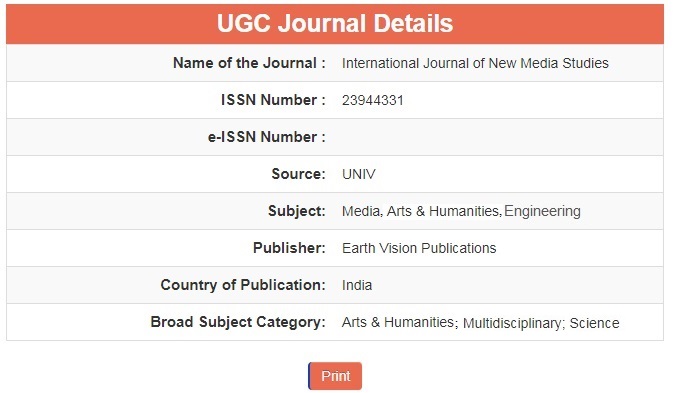Analysing the Impact of Green Revolution on the Environment
Keywords:
Green Revolution, Farmers, Environment, LandAbstract
The term "Green Revolution" describes a set of R&D and technology transfer programs that took place between the 1940s and the late 1960s and enhanced agricultural production globally, especially in developing nations. The growth started to become more noticeable in the late 1960s.The majority of countries saw a rise in agricultural productivity during the extremely successful Green Revolution. However, the green revolution has had some negative effects on the environment, such as increased greenhouse gas emissions, deforestation, land degradation, and biodiversity loss. For instance, it's estimated that there were more than 3,000 different kinds of rice before the revolution. It is expected that just 10 modified varieties of rice are utilized at this time. Regarding the impact of the Green Revolution on natural biodiversity, perspectives differ. According to one theory, agriculture won't need to spread into new, uncultivated regions in order to support a growing human population if output increases per unit of land area. But in order to maintain output, farmers are now compelled to remove once wooded regions due to land degradation and the depletion of soil nutrients.






